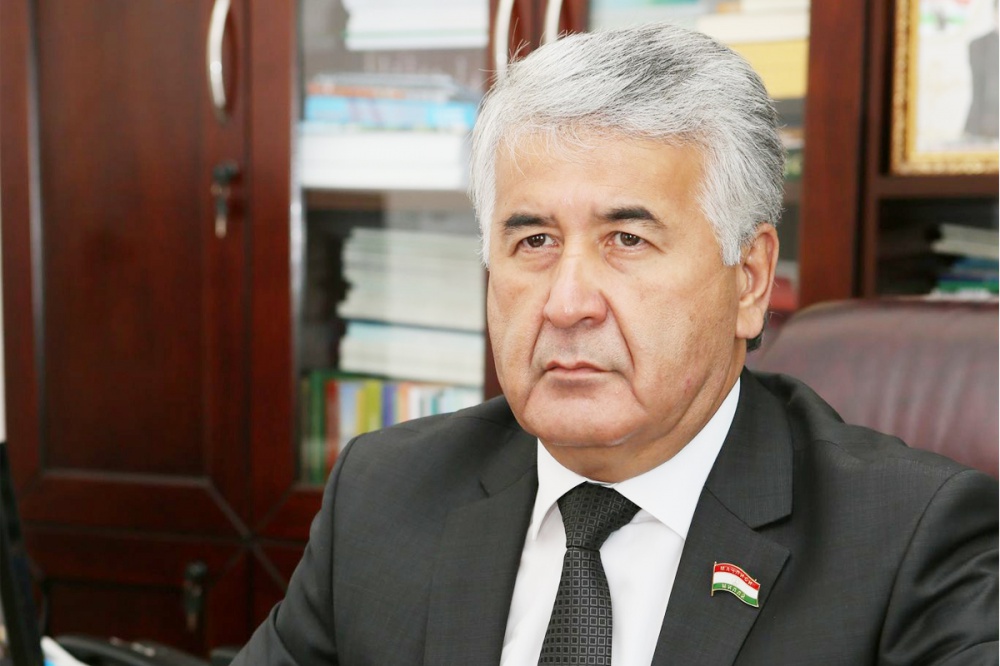AVICENNA IS A GREAT PHYSICIAN
Avicenna was the greatest Tajik sage, scientist, healer, philosopher and thinker in history. He was born in 980 near Bukhoro in Central Asia and died in 1037 in Hamadon of Iran. He began studying medicine at the age of thirteen and became an outstanding physician and, his medical knowledge brought him to the attention of the Bukhoro’s Sultan, where he successfully cured him of a severe infection. As a reward, Avicenna only asked permission to use the sultan's library and its rare manuscripts so that he could continue his research. At various times he worked as a political officer and court physician. During his life, he managed to write many books, one of which is The Law of Medicine, first translated into Latin in the 12th century and became the standard textbook of European medicine. Western physician and scholar William Osler (18th-19th centuries) characterized The Law of Medicine as the most famous medical textbook, noting that: "It will long remain the sacred book of medicine in comparison with all other works."
His book, which is “Law of Medicine” available with all medical knowledge from ancient sources in a concise and systematized manner. It was originally written in Arabic and later translated into several languages including Persian, Latin, Chinese, Hebrew, German, French, German and English. "Law of Medicine" set medical standards around the world. Much of the book is based on Unani (Greek) medicine, a form of traditional medicine still taught in Indian universities.
Avicenna’s important contributions include such achievements as recognizing the contagious nature of tuberculosis, the spread of disease through water and soil, and the relationship between psychology and health. In addition to describing pharmacological methods, the book describes 760 drugs. Avicenna wrote a book on cardiac drugs, “Al-adwiyat Al-qalbiya”, which has been translated into English as Avicenna's Treatise on Cardiac Drugs and Essays on Arabic Cardiac Therapy.
Avicenns has a rich intellectual, cultural and scientific motivation that swept the world. He produced a complete philosophical system in Arabic. Considered the successor to Galen, his great medical treatise, “Law of Medicine” was the standard textbook on medicine in the Arab world and Europe in the 12th and 17th centuries. He was a philosopher, physician, psychologist, and poet. Like Galen, he devoted much of his work to the study of the pulse. Avicenna comprehensively covers the topic of heart pulse, describes the technique of pulse and records the effects of various conditions on heart pulse such as the environment, the physical condition of the patient and emotional states such as anger, pleasure, joy, anger, and fear. Like Galen, he describes ten characteristics of the pulse and more than fifty identifiable pulses. According to Avicenna, vitality, resistance, and flexibility are important to the quality, size, and volume of the pulse. He defined concepts such as resistance and elasticity in a physiological way. Avicena's descriptions and concepts of the pulse are the foundation of modern knowledge of pulse, arrhythmias, and electrophysiology. Although many Western historians believe that the Arabs were the sole transmitters of Greek achievements, it cannot be denied that philosophers, scientists, and physicians added their own observations and wisdom to the knowledge gained from more ancient civilizations. They made major contributions to mathematics, astronomy, physics, chemistry, optics, pharmacology, and medicine. Avicenna may have been a follower of Galen, but he made many groundbreaking contributions. Historians consider him to be one of the greatest thinkers and medical scientists in history. He is rightly called the "prince of physicians" of his era.
Gulzoda Mahmadshoh Qurbonali
Rector of the Avicenna Tajik State Medical University
Doctor of medical sciences, professor
translated
Ruzimuhammad Ismoilov

